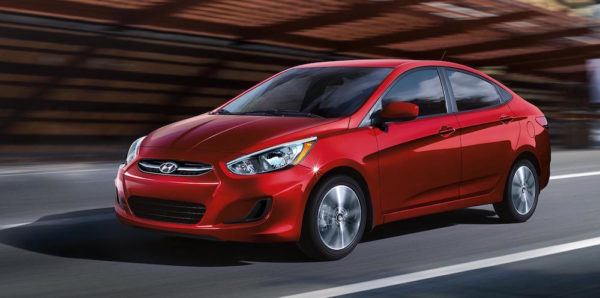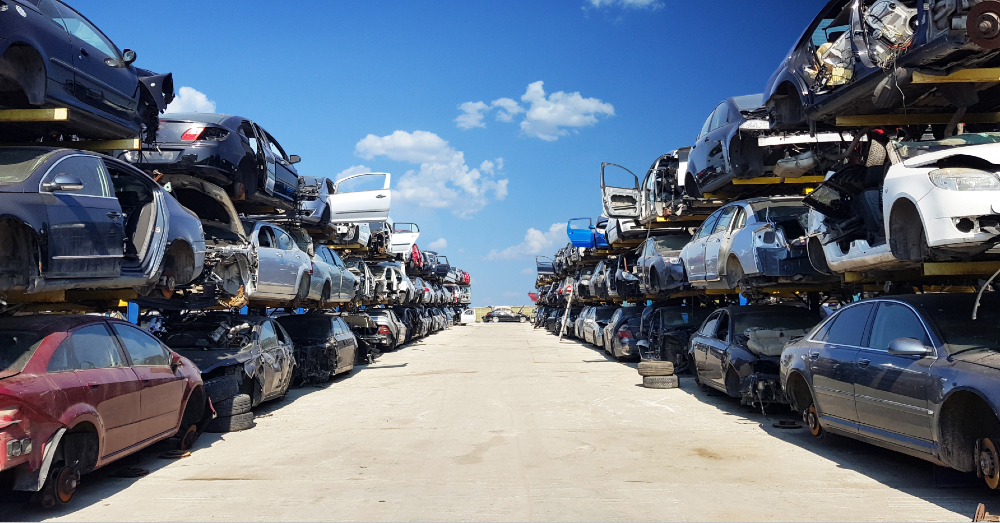A new car warranty is your guarantee that a vehicle will work properly for a specified number of miles and timeframe.
One of the most important aspects of a warranty is the fact that you know you won’t have to pay for vehicle repairs when something goes wrong during the time set by the manufacturer. The coverage offered for new vehicles gets things started the right way with a vehicle that you’ve just driven off the car lot. Let’s take a look at what’s covered in you warranty.
What is a Car Warranty?
Part of the contract between you and the automaker is the car warranty. This item says that the automaker will pay for repairs due to defective parts of failure of workmanship. As the new owner of the vehicle, you have to protect the warranty by ensuring proper maintenance is completed during the warranty period. Every new vehicle includes a warranty, with two types of coverage. The first part of your contract is a bumper-to-bumper coverage while the longer warranty is a powertrain version that covers the mechanical components.
What Does the Warranty Cover?
A new car warranty covers the cost of repairs, including both parts and labor, due to defects and errors in how the vehicle was built. This means if your power windows stop working the automaker will fix them. If your transmission or infotainment system doesn’t operate properly, its covered under the warranty. Do your seats move the way they should? If not, the manufacturer should fix this problem as well. Anything relating to the operation and workmanship of the vehicle is covered during the initial warranty period.
What Isn’t Covers Under a Warranty?
Most vehicle warranties come with a variety of exclusions. These are items that won’t be paid for by the manufacturer. Most of these items are the normal wear and tear items. These include brake pads, wiper blades, and tires. Additionally, the automaker won’t pay for repairs if you’ve neglected your car and did not take it in for regularly scheduled maintenance. If you’re in an accident, the repairs aren’t covered under your warranty, that’s what your car insurance is for.
Is a Warranty the Same as a Recall?
A new car warranty is not the same thing as a vehicle recall. A recall is typically issued by the NHTSA when safety issues are found in the making of a vehicle. This recall can come at any time and doesn’t have a mileage limit. Warranties have expiration dates and limited miles, but recalls do not. You’ll receive a notice from your automaker if you need to have your vehicle fixed for a recall. If you receive a recall notice, you need to take your car to the dealership for service.
What Types of Warranties are There?
Every new car comes with a few different types of warranties to make sure you can have the coverage needed to drive right for a long time. The duration varies from one automaker to another and some offer extras including roadside assistance or towing. Let’s take a look at the types of coverage you might find for your new car.
Bumper-to-Bumper Comprehensive Warranty
This type of new car warranty is also often referred to as the basic warranty or comprehensive warranty. The coverage covers everything on the vehicle you drive for a specified period of time. These warranties vary from three-years/36,000-miles to five-years/60,000-miles to give you the overall coverage needed. As the name says, the warranty coverage allows you to have anything fixed that is a defective or inoperable part caused by the way the car was built. Each automaker offers is own coverage length for the bumper-to-bumper warranty that will protect you during the first few thousand miles of driving.
Powertrain Warranties
The powertrain is the items in your vehicle that make it go. Typically, the coverage for your powertrain is up to 100,000 miles and covers this part of the vehicle for 10 years. This warranty is longer than the bumper-to-bumper variety and isn’t always a ten-year version. Some automakers offer a four-year/50,000-mile warranty for the powertrain. If you’re still not sure what the powertrain is, it’s the engine, transmission, axles, and differential. Once the standard warranty is expired, you’ll have only the powertrain coverage that will protect this part of your car for many more miles of driving.
Do Second Owners Get Warranty Coverage?
For almost every vehicle in the market, the bumper-to-bumper warranty coverage transfers to the second owner if any of the miles on the warranty remain. If the first owners uses up two years and 24,000 miles of the basic warranty, the second owner still has one year and 12,000 miles remaining for most vehicles. This warranty offers the same protections to the second owner that it offered the first owner. Understanding this transfer of coverage is an important part of buying a late-model pre-owned vehicle.
Do Certified Pre-Owned Cars Come with Warranties?
The warranty coverage of a certified pre-owned model varies from automaker to automaker. While not as complete as a new car warranty, one of the greatest benefits of buying a CPO vehicle is the fact that you have some peace of mind with the warranty coverage offered at the dealership. If you consider a CPO model, you want to ensure it’s a factory certified vehicle that has a warranty supported by the automaker before you drive it off the lot.
Your Car Insurance Isn’t a Warranty
The different between a warranty and car insurance is pretty simple. A warranty covers your car if there are defective or faulty parts that cause problems during the warranty period. The warranty expires at a specific time and mileage level. Your car insurance is made to cover you in an accident. This can be something as simple as damage caused by a rock hitting your windshield and breaking it on up to an auto accident where medical bills become part of the equation.
https://youtu.be/HfkVt7qUYO8
This post may contain affiliate links. Meaning a commission is given should you decide to make a purchase through these links, at no cost to you. All products shown are researched and tested to give an accurate review for you.



